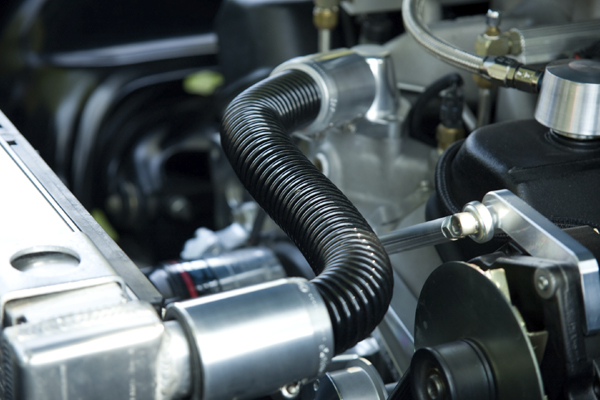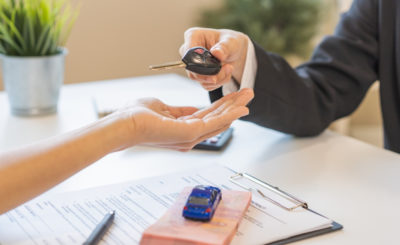A safe engine temperature depends on your car’s cooling system. Your engine can overheat and require costly repairs if it’s cooling system fails. These maintenance techniques will keep your cooling system running smoothly and prevent overheating:
Check Coolant Regularly
Coolant, a mixture of water and antifreeze, travels through the engine and transfers heat to the radiator. Maintaining coolant levels is essential. Check your coolant level regularly when the engine is cool, according your owner’s handbook. Low coolant can cause overheating. To fix these things you need the help of the Auto Repair Services in Sardinia, OH now.
Look For Leaks
Check for coolant leaks under your car after parking. Coolant is usually yellow, orange, or green. A coolant puddle signals a leak that demands immediate maintenance attention. Ignoring a leak can cause overheating and damage.
Flush and Change Coolant
Rust and dirt can contaminate coolant, limiting its efficacy. Check your owner’s manual for coolant flush and replace intervals. Flushing removes old coolant and cleans the system, while changing replaces it.
Clean Radiator
Coolant heat is dissipated via the radiator, the cooling system’s heart. Airflow and cooling efficiency can be reduced by leaves, bugs, and road grime on a radiator. Safely clean radiator fins with a soft brush or compressed air to avoid bending them.
Check Radiator Cap
The radiator cap is crucial to cooling system pressure. A broken cap can leak or boil coolant, causing overheating. Check for cap cracks and replace if needed.
Check Temperature Gauge
Your car’s temperature gauge is crucial for engine temperature monitoring. Learn your car’s usual operating temperature. If the temperature gauge becomes higher than usual, put on the heater to draw heat away from the engine and pull over immediately. Stop driving until the engine cools.
Inspect Hoses and Belts
Engine coolant flows through cooling hoses. Regularly check hoses for cracks, bulges, and wear. Cracked or loose hoses lose coolant and reduce system efficiency. Additionally, examine water pump belts for cracks, wear, or excessive slack.
Consider Professional Inspection
An experienced mechanic is able to perform an inspection of the cooling system of your vehicle, which includes the thermostat, water pump, and other components. They are able to identify issues before they get too hot and to recommend either fixes or replacements.
Inform yourself
Check your owner’s manual for cooling system maintenance tips. Pay attention to dashboard warning lights that may signal cooling system issues. Understanding your car’s cooling system and components helps you prevent issues.
Prepare
In a pinch, a container of coolant and distilled water in your automobile can help with low coolant. Adding coolant only works temporarily. A mechanic must quickly diagnose the coolant loss issue.
Conclusion
If you follow these straightforward maintenance rules, you will be able to avoid your engine from overheating and keep it running cool and healthy for a considerable amount of kilometres.








